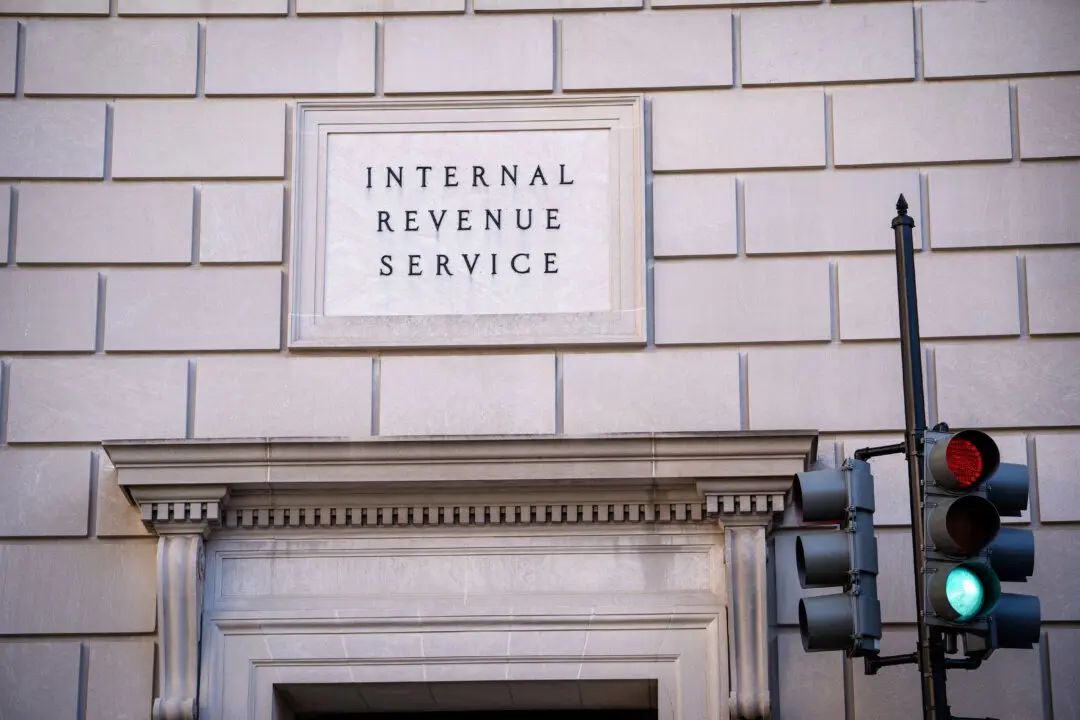People unable to file their 2024 tax returns by the due date next week should consider requesting an extension, according to the Internal Revenue Service (IRS).
Those who are unable to meet the deadline can apply for a filing extension, the agency added.
“Individual tax filers, regardless of income, can electronically request an automatic tax-filing extension through IRS Free File by filing a Form 4868. ... Make an electronic payment using Direct Pay, debit card, credit card, or digital wallet and indicate the payment is for an extension.”
Alternatively, the form may also be mailed to the IRS. All requests are due by the April 15 deadline.
Even when such a request is granted, it won’t give the taxpayer the right to postpone paying their taxes without consequences, the IRS noted.
If taxes due on April 15 are not paid on time, interest will start accruing on the unpaid balance at the rate of 7 percent per year, compounded daily.
“Special rules for tax deadlines and automatic tax-filing extensions may apply for taxpayers serving in a combat zone or qualified hazardous duty areas, living outside the United States, and people living in certain disaster areas. They may not need to submit a tax-filing extension; however, people should check to see if they qualify before the tax deadline,” the IRS said.
The two-month extension gives these taxpayers time until June 16 this year to file, after taking into account holidays.
To qualify for the extension, the taxpayer must be a U.S. citizen or legal resident. On the regular tax filing deadline, they must be “living outside the United States and Puerto Rico and their main place of business or post of duty is outside the United States and Puerto Rico.”
Alternatively, they should be in “military or naval service on duty outside the United States and Puerto Rico,” the IRS said. “Qualifying taxpayers should attach a statement to the return indicating which of these two situations applies.”
Filing and Payment
The IRS recommended that taxpayers use one of several electronic filing methods to submit their returns by the due date.“Filing electronically reduces tax return errors as tax software does the calculations, flags common errors, and prompts taxpayers for missing information. Most taxpayers qualify for electronic filing at no cost and, when they choose direct deposit, usually receive their refund within 21 days,” the agency said.
IRS Direct File is a free online filing service available to eligible taxpayers in 25 states. IRS Free File is another option, with filing limited to taxpayers with an adjusted gross income of $84,000 or less.
The agency also offers short-term and long-term payment plans for taxpayers unable to pay off dues.
More than $179 billion in tax refunds have been issued by the agency so far this year, up 5.9 percent from a year back. The average refund amount is $3,221, higher than last year’s $3,081.







